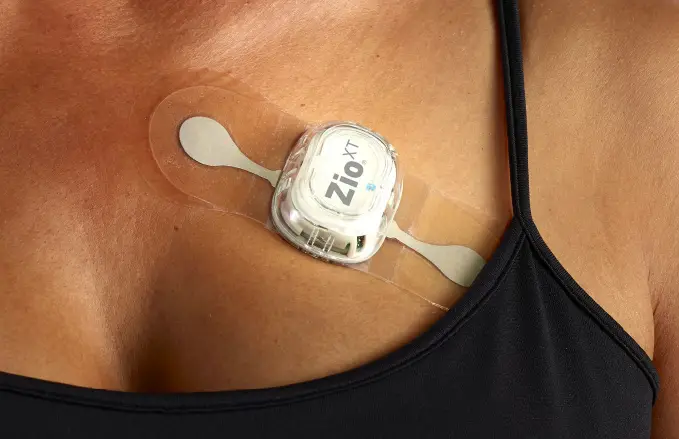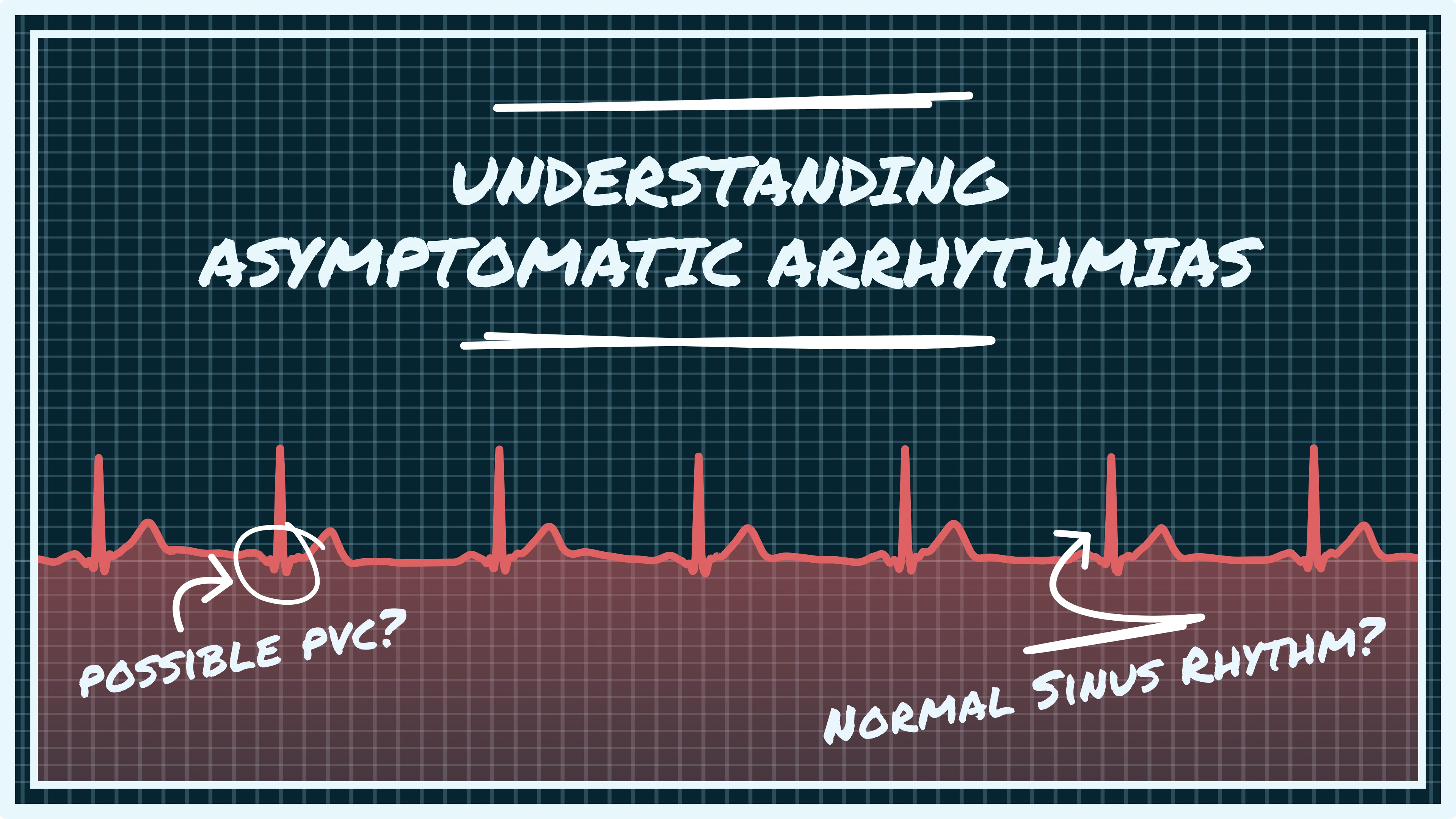Key Takeaways
In the journey of understanding your heart, sometimes the most important discoveries are the ones you don't feel. Many people live with heart rhythm irregularities, or arrhythmias, without experiencing any noticeable symptoms. These are known as asymptomatic arrhythmias, and while they might not cause immediate distress, their presence on an ECG can be a crucial indicator of underlying heart health considerations.
What Is an Asymptomatic Arrhythmia?
An arrhythmia is an irregular heartbeat, meaning your heart beats too fast, too slow, or with an irregular rhythm. When these irregularities occur without causing symptoms like palpitations, dizziness, shortness of breath, or chest pain, they are classified as asymptomatic. This doesn't mean they are harmless; it simply means your body isn't sending you overt warning signals.
Common asymptomatic arrhythmias include:
- Premature Atrial Contractions (PACs): Extra heartbeats originating in the atria (upper chambers of the heart).
- Premature Ventricular Contractions (PVCs): Extra heartbeats originating in the ventricles (lower chambers of the heart).
- Short runs of Atrial Fibrillation (AFib): Brief episodes of irregular and often rapid heart rate originating in the atria.
- Sinus Bradycardia: A heart rate that is slower than normal (typically below 60 beats per minute) but originates from the heart's natural pacemaker (sinus node).
These arrhythmias are often discovered incidentally during a routine physical examination, a pre-operative assessment, or through the increasing use of wearable devices with ECG capabilities. Because there are no symptoms, these arrhythmias can be easy to overlook, and any risks they carry might be missed or ignored.

How Are They Detected?
The electrocardiogram (ECG or EKG) is the primary tool for detecting and diagnosing arrhythmias, whether symptomatic or asymptomatic. An ECG records the electrical signals of your heart, translating them into a waveform that healthcare professionals can interpret.
During a standard 12-lead ECG, as well as with personal ECG devices like the Apple Watch, Samsung Galaxy Watch, and Kardia, various arrhythmias can be identified, including:
- PACs/PVCs: These appear as early, abnormal beats. PACs often have a P wave that looks different from normal P waves, followed by a QRS complex. PVCs are characterized by a wide, unusual-looking QRS complex without a preceding P wave.
- Brief AFib Episodes: The ECG shows an irregularly irregular rhythm with no clear P waves, replaced by chaotic atrial activity.
- Sinus Bradycardia: A regular rhythm with a heart rate consistently below 60 bpm, with normal P waves and QRS complexes.

For arrhythmias that occur less frequently, a doctor may recommend a Holter monitor (worn for 24–48 hours) or an event recorder (worn longer, triggered manually or automatically). These provide longer-term monitoring and can help catch irregular heart rhythms that happen only occasionally and without symptoms. If your doctor does not recommend a Holter monitor, you can still try to catch these episodes using your smartwatch or a device like Kardia. At Qaly, we’ve seen many people use their wearable ECGs to record irregularities and present them to their doctors as helpful evidence.
Why Do Asymptomatic Arrhythmias Matter?
The fact that an arrhythmia is asymptomatic does not mean it is harmless. Depending on the type, frequency, and your overall health, asymptomatic arrhythmias can pose significant risks.
Key concerns include:
- Stroke risk: Especially with asymptomatic AFib, which can lead to blood clots and increase the risk of stroke.
- Progression to symptomatic arrhythmias: Early detection may prevent worsening symptoms.
- Underlying heart conditions: These arrhythmias may be the first sign of conditions like structural heart disease or electrolyte imbalances.
- Heart muscle weakening: Frequent, unnoticed arrhythmias (like tachycardia) can eventually weaken the heart, leading to tachycardia-induced cardiomyopathy and possibly heart failure.

What Should You Do If One Is Found?
If your smartwatch ECG or a routine check-up reveals an asymptomatic arrhythmia, it’s a good idea to bring it up with a healthcare provider. While not every provider will take these findings seriously right away, some may use them as a starting point for further testing.
- Confirm the diagnosis: They may order a medical-grade ECG or additional tests.
- Find the cause: This could involve checking for thyroid issues, sleep apnea, structural problems, or electrolyte imbalances.
- Evaluate your risk: Especially if you're at risk for complications like stroke or heart failure.
- Discuss treatment: If needed, they might suggest lifestyle changes, medications, or other options.
Even if your concerns are initially dismissed, having clear data from your smartwatch can support your case, bring peace of mind, and help guide future care decisions.
Final Thoughts
That brings us to the end of our deep dive into asymptomatic arrhythmias. These quiet rhythm changes often go unnoticed, but they can carry real meaning when it comes to your heart health. Whether it’s an early warning sign or something worth monitoring, understanding what your ECG shows can help you take control.
We know it’s not always easy to interpret ECG results, especially when you feel fine and don’t get clear answers. That’s exactly why we created the Qaly app. With Qaly, experts review your ECG recordings and help you track your heart’s patterns over time.
If you’re using a smartwatch or a personal ECG device and want help understanding your results, we’re here for you. Download the Qaly app from the App Store or Play Store, and feel free to reach out to us anytime at support@qaly.co.
Think it might be an asymptomatic arrhythmia? Qaly experts review your ECGs in minutes. Get started today.










.png)
.png)